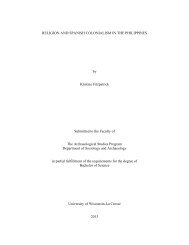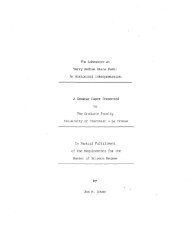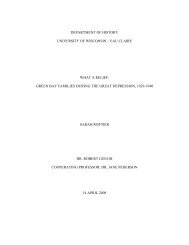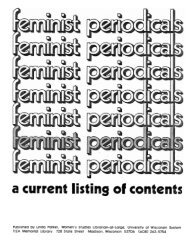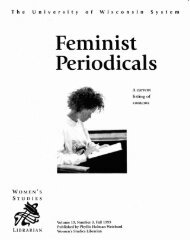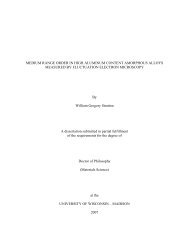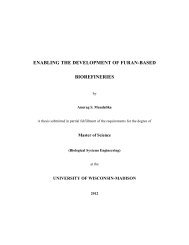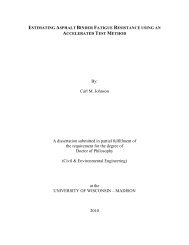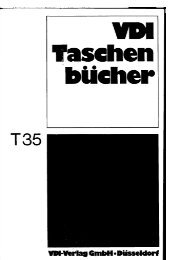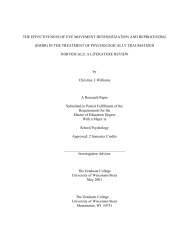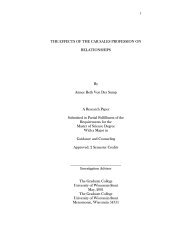Comics Aren't Just For Fun Anymore: The Practical Use of Comics ...
Comics Aren't Just For Fun Anymore: The Practical Use of Comics ...
Comics Aren't Just For Fun Anymore: The Practical Use of Comics ...
Create successful ePaper yourself
Turn your PDF publications into a flip-book with our unique Google optimized e-Paper software.
Recine 28<br />
theme or message (McCloud Understanding 70-73; Cohn Early Writings 29-35). Structurally, comics<br />
consist <strong>of</strong> imagery, sometimes combined with words (Eisner 16; McCloud “Does”). Spatially, comics<br />
can feature a single image or multiple images. This means that a single image, if it is sufficiently<br />
communicative, can convey a story or idea with the same depth that a multiple image sequence would<br />
and can thus be seen as be seen as a form <strong>of</strong> comics (Eisner 39; McCloud Understanding 94-97).<br />
<strong>Comics</strong> text, when present, may appear in captions, word balloons or sound effects; character language<br />
may appear in captions or word balloons (McCloud Understanding 134; Cohn “Time”). Stylistically,<br />
comics are simpler and more abstract in appearance than the real, three-dimensional objects referenced<br />
by their artwork (McCloud Understanding 28, 50-51).<br />
<strong>Comics</strong> scholarship presents a more flexible definition that reflects the range <strong>of</strong> comics actually<br />
used in the practice <strong>of</strong> TESOL. By saying that comics should simply have a coherent theme or<br />
message, rather than needing to tell a story, this broader definition includes the non-narrative comics in<br />
fig. 2.2.3 and 2.2.7. By characterizing words as an optional component <strong>of</strong> comics, wordless<br />
incarnations <strong>of</strong> the medium can also be included as well. Additionally, since this definition includes<br />
both single image and multiple image comics, self-contained single panel comics like the ones in fig.<br />
2.2.6 and 2.2.10 are now also included. By allowing character language to appear in word balloons or<br />
captions, this definition additionally covers the kind <strong>of</strong> caption usage seen in fig. 2.2.10 and 2.2.11.<br />
Moreover, by simply classifying all comic art as simplification <strong>of</strong> real visuals, this definition gets rid <strong>of</strong><br />
the false, difficult to parse dichotomy between cartoony and realistic art in the definition <strong>of</strong> comics<br />
discussed in section 2.2.<br />
<strong>The</strong> comics scholars’ definition can certainly help instructors <strong>of</strong> ESL/EFL understand the range<br />
and variance in the structure <strong>of</strong> potentially useful comics-format teaching aids. However, it still has<br />
some shortcomings where TESOL comics pedagogy is concerned. While the definition <strong>of</strong> comics<br />
proposed by modern TESOL scholars is too limiting to accurately describe the range <strong>of</strong> comics used in



